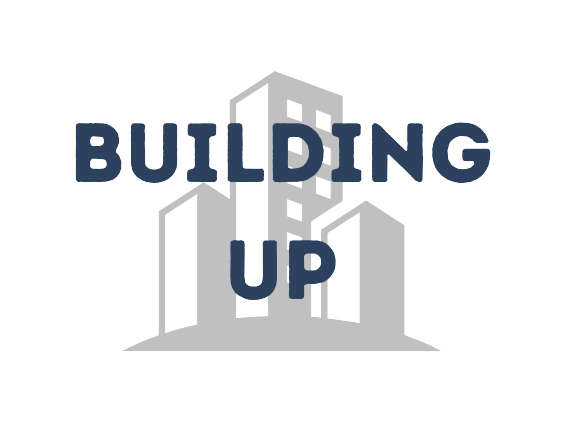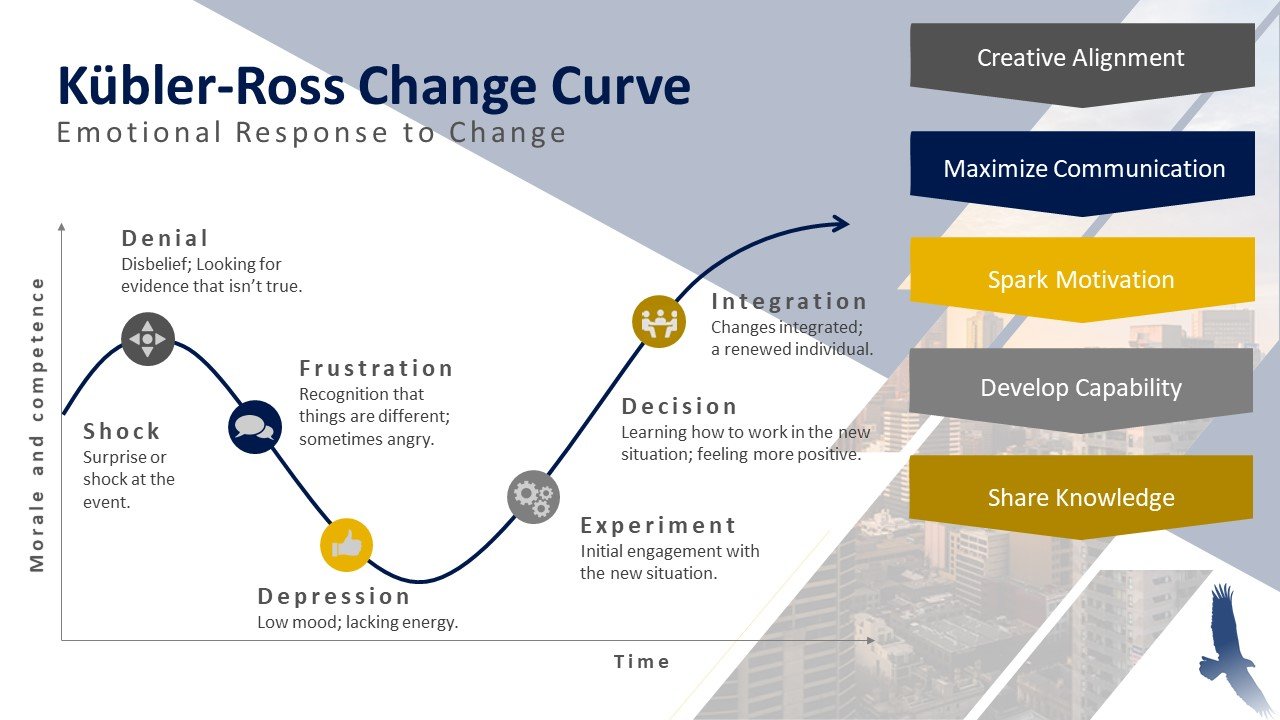Are You Built for Change?
Change used to be a chapter in the book of leadership, something leaders addressed only when necessary. Today, it has become the entire narrative. Markets shift overnight, and technologies evolve faster than systems can adjust. The only certainty is that tomorrow will look different from today.
In this reality, leadership is no longer about sticking to the original plan. It is about knowing how to move forward when plans fall apart. Being built for Change is not about tolerating disruption. It is about leading through it with clarity, purpose, and resilience. Resistance is not a stop sign—it is a signal that something deserves your attention.
Leaders who embrace this mindset remain steady, even when conditions are uncertain. They understand that change rarely arrives at a convenient time. It shows up without warning, disrupts comfort, and demands growth. This session invites you to examine what it means to be built for change by looking inward first, because the way we respond when the ground begins to shift sets the tone for how we lead through it.
“You were born with the power to change others. You change people by the way you treat them. That is what changes the human heart.”
Self-Assessment: Are You Built for Change?
Please take a few moments to answer the following self-reflection questions. Where can you identify opportunities for personal growth in your leadership?
When faced with a challenge, do I experiment and iterate, or freeze in planning mode?
Do I actively seek out new ideas, trends, and perspectives, even when they challenge my current thinking?
Am I willing to change my mind when presented with new evidence or perspectives?
How do I react when team members suggest a different approach?
Do I create space for voices that challenge the status quo?
When unexpected changes happen, do I respond with flexibility or frustration?
How quickly can I shift direction when a plan is no longer working?
Do I encourage others to adjust and experiment when faced with uncertainty?
Remember, this self-assessment is just a starting point for understanding Change as a leader. It's essential to reflect on your responses and actively work on areas where improvement is needed.
Effective leaders are not only experienced, they are adaptable. It is not about sticking to one plan; it’s about knowing how to adjust when plans fall apart. Even seasoned leaders can struggle when change threatens control or brings uncertainty. This is why a Change Mindset matters.
Change can be uncomfortable. Often, resistance shows up without warning. It may be frustration when a new system is introduced, or hesitation when a strategy shifts. These reactions are not problems to avoid—they are early signs of something that needs your attention.
Leaders who understand their own resistance are better able to lead with intention. When you can recognize your patterns, you can choose how to respond. This opens the door to reframing change as a sign of learning and growth, rather than disruption.
Your mindset plays a central role in how you lead through change. Some leaders see change as something that disrupts expertise or throws off well-laid plans. Others see it as a chance to adjust, explore, and improve. A change mindset helps you stay flexible, think more clearly, and keep growing even when things are challenging.
“Change your thoughts and you change your world.”
The Kübler-Ross Change Curve
One tool that can help you guide both yourself and your team through transition is the Kübler-Ross Change Curve. Originally developed to describe how people experience grief, this model has been widely adapted to reflect how individuals respond to major change in the workplace.
The curve outlines a series of emotional stages people often move through during a transition:
Shock – The initial sense of paralysis or disbelief at the change.
Denial – A refusal to accept the change, often marked by clinging to the old way of doing things.
Frustration or Anger – Emotions rise as the reality of change sets in and control feels lost.
Depression – A dip in morale or motivation, sometimes seen in decreased engagement or productivity
Experimentation – Individuals begin testing new ways of working and considering alternatives.
Decision – A commitment to the new direction begins to take shape.
Integration – The change is accepted, and new behaviors become the norm.
Understanding this emotional journey helps you lead with empathy and intention. Instead of pushing for quick buy-in, effective leaders pay attention to where people are in the process. They communicate clearly during denial, provide support through frustration, and encourage experimentation when the team is ready to move forward.
This model also highlights the importance of a Change mindset. Leaders are not outside the curve but move through it along with their teams. When you recognize your own resistance and respond with openness, you set the tone for others. This builds trust, normalizes the experience of change, and creates a safer environment for employees to adapt and engage.
While the Kübler-Ross Change Curve helps us understand the emotional experience of change, these next three steps offer a practical way to respond and lead with intention.
As individuals move through change, they often follow a natural progression. While the pace may vary, the steps remain similar. These building blocks help leaders recognize where they are in the process and take meaningful steps forward.
Recognize Resistance and Your Mindset: The first step is awareness. Resistance can take many forms such as hesitation, frustration, or overanalysis. These reactions are often signals, not setbacks. Pause to identify how you are feeling and what beliefs may be influencing that response. Awareness creates the space for intentional growth.
Reframe the Change as an Opportunity: Once resistance is recognized, the next step is to shift perspective. Ask yourself what this change might make possible. Could it be a chance to improve a process, develop a skill, or lead in a new way? Viewing change through the lens of opportunity builds momentum and clarity.
Commit to Solutions and Growth: Clarity leads to action. This step is about choosing to move forward with intention. Even small steps signal commitment. Focus on what is within your control, remain solution-oriented, and stay open to learning as you go.
At MSS, being built for change is not something you are born with; it is something you strengthen through practice. It starts with paying attention to how you respond when change interrupts your flow, and choosing to explore that response rather than avoid it. How you show up in those moments is one of the clearest reflections of your leadership.
In the next session, we will take a closer look at what often gets in the way of that growth: fear. You will explore how uncertainty affects your thinking, how to recognize when fear is driving your decisions, and how curiosity can help you lead with more clarity, flexibility, and confidence.
Reflection Questions:
When faced with change, do I tend to resist, hesitate, or explore new possibilities?
What is one small action I can take to improve my adaptability?
How can I help my team navigate change more effectively?
What past experience has taught me that I can handle change better than I thought?
To push your understanding of Change to the next level, explore these valuable resources. They’ll help expand your skills and provide essential tools for building strong leadership.
Your Powerful, Changeable Mindset
Stanford Report
How to Change Your Mindset - Learn 7 Ways Today
Change Management Requires a Change Mindset
Harvard Business Review








